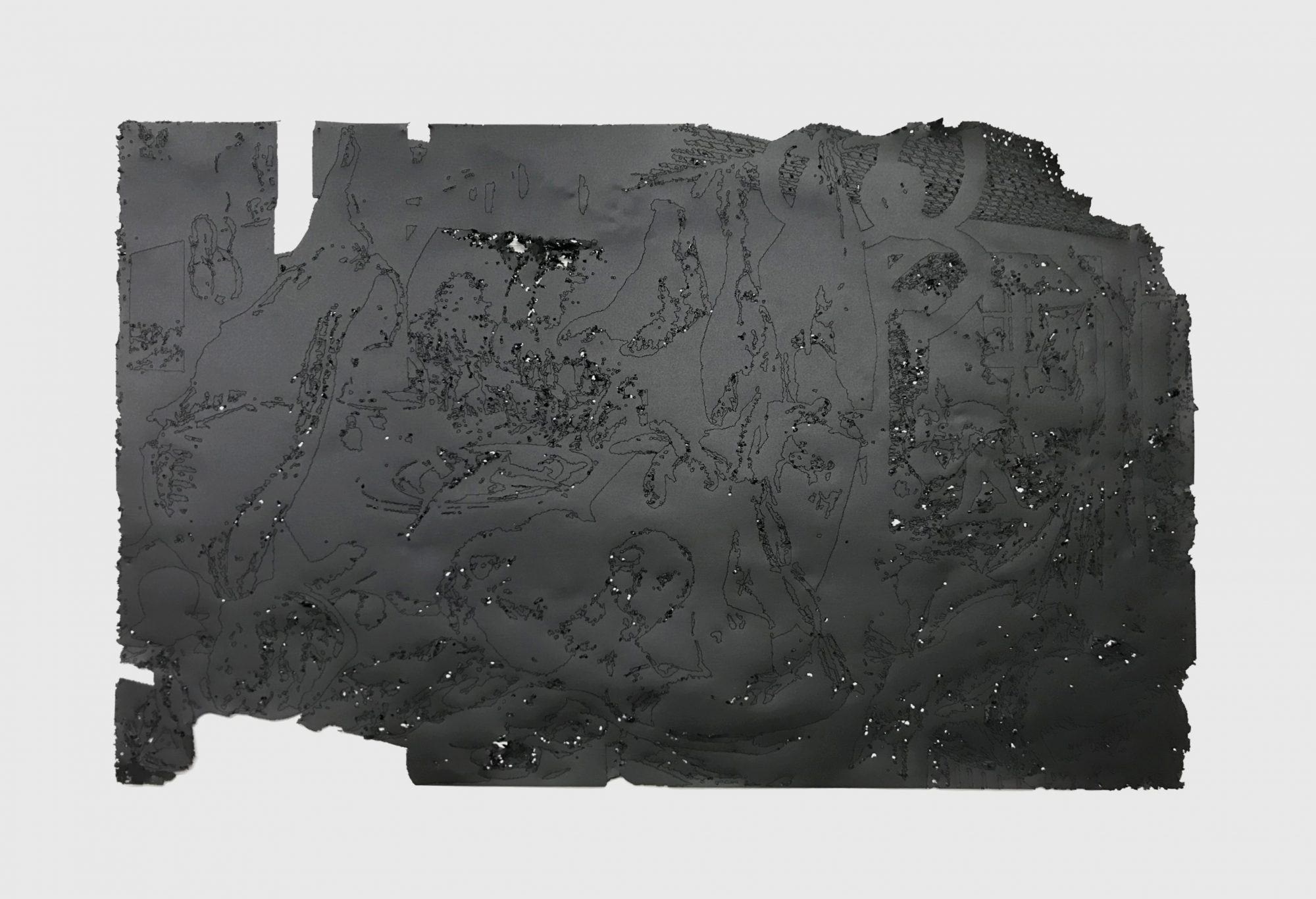Artist Statement
Zack Davis was born in Brooklyn in 1985 and has lived between New York and the Pacific Northwest for the last ten years. He has worked in social services, retail, software, and the culture industry, and the questions that come out of those fields continue to drive his medium-agnostic work.
Committee
- Ellen Garvens, Chair (Photo/Media)
- Rebecca Cummins (Photo/Media)
- Aaron Flint Jamison (Photo/Media)
Commentary
Read the interview of Zack Davis by Naz Cuguoğlu.
May 27, 2020
San FranciscoDear Zack,
Where did the fun go?
This question has been echoing in my brain after spending quite some time with your works in front of my laptop. My body longed for the experience to be around their presence in real space and time. My eyes and ears, scanning around the room to see or hear the voices of communities coming around them. No success.
My mind was trained for long to question underlying themes. We were taught that everything has to be connected, there has to be a reasoning, and you always have to explain. But we have to remind each other that what happens in the silence, in that space of unknown, is what keeps us going. And you still answered: “learning, its physicality, and culture-bound structure.”
And I asked you “so then it is failures and mistakes?”— impossible to see shaky videos of airplanes projected in a dark room, outdoor movie screenings which nobody showed up for. In the capitalist society, failures are the culprits, residuals to get rid of, problems to be solved, and you are against that? But as you said, failures can be used for profit, as well. Then what?
We all turn to our chosen families — the politics of friendships and community, bodies coming together in a space for each other: A dance studio, a Halloween party, a library. There is something lightening about imagining you moving to Portland, and starting a project space out of your garage, and deciding to be an artist. Just like that — like how we decided to start a collective in Istanbul with a friend over pizza and wine. But building collective memories is no easy business, collaboration is a two-headed beast, with voices melting into each other — a dark narrow tunnel with a soft light in the end.
Yes, the light. Like in How Exactly Like a Boy, shrinking an image to the point that it can not possibly exist in this universe, at least one believes so. Nothing works — learned helplessness. But then a projected light on a soap, screening an embryo forming its first fold, does the magic. Peter Pan, trying to glue his shadow to his body with soap. Light is the source for our shadows, and it is one’s lifelong mission to chase these uncanny forms — to finally get to terms with our unconscious desires, to fly.
From micro to macro, the search for light continues in your Food Web. A form that cannot possibly be printed by a 3-D printer starts building tentacles, turning geometry of the fibers into a diagram of language and neural nets. You see, it is all connected, it is like the game of string figures (Donna) Haraway talks about in her writing.
And one can get blinded by the light, like in your installation work, projecting the vulnerable lights of airplanes landing at night. Or I think about the wall vinyl in this installation, scored by the cutter without fully separating. Its gray, map-like existence reminds me of another children’s game we played, linking dots on paper to make meaningful shapes out of them. Its scoring pattern, the painting Butcher’s Stall with the Flight into Egypt, is a vivid scene of a meat stall at first sight. But if one can see through the blinding light, it is more than that with two other things happening in the background simultaneously.
This painting goes against the traditional hierarchies, as your practice does, giving space to a polyphony. A sculpture, made of electrical sleeving and found objects, lies on the floor, not accepting to be finished, with potential to multiply itself into a thousand different possibilities if given a chance — and that is where the fun hides.
– Naz Cuguoğlu
Education
- Master of Fine Arts, University of Washington, 2020
- Bachelor of Arts, English and Studio Art, Wesleyan University, 2008





